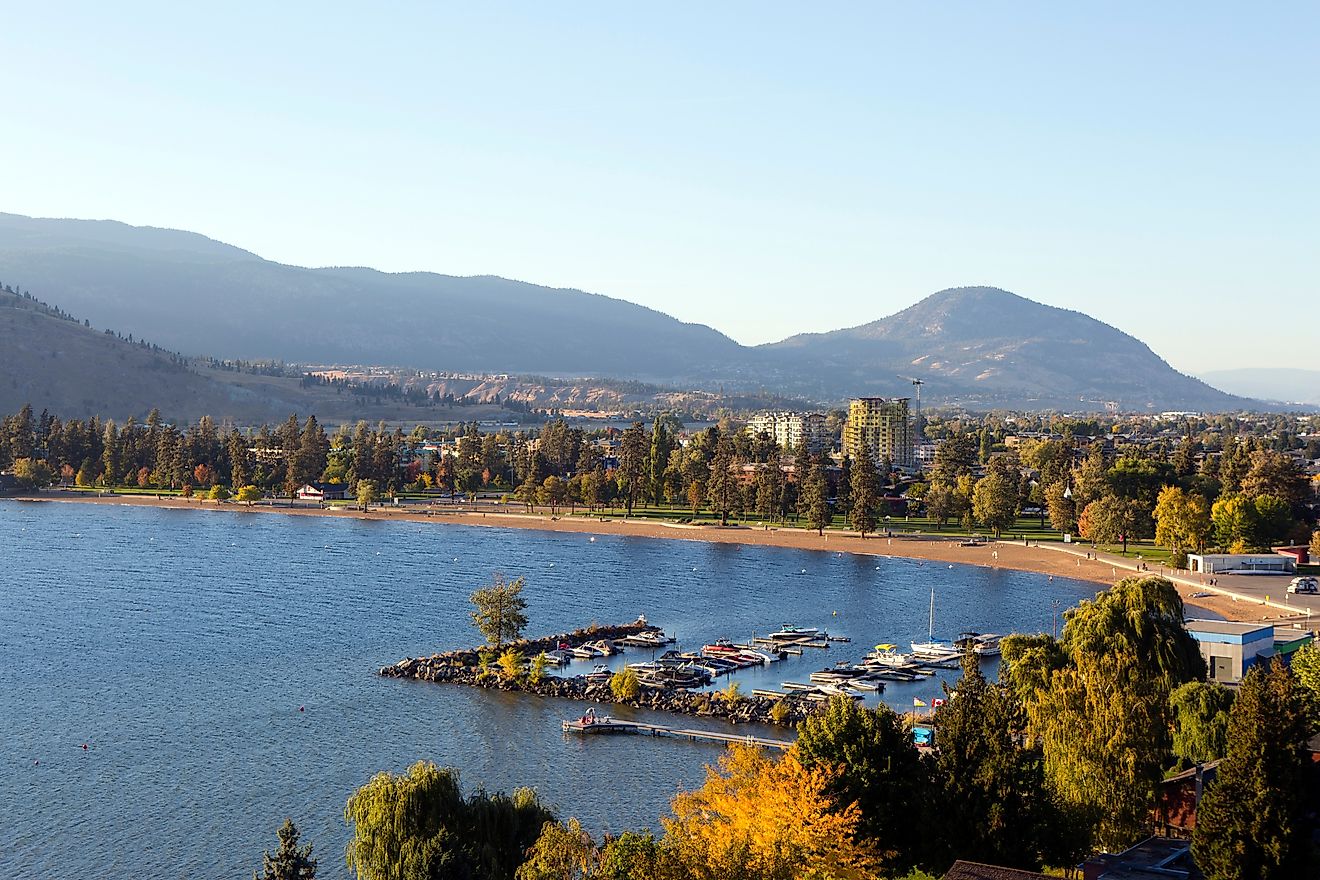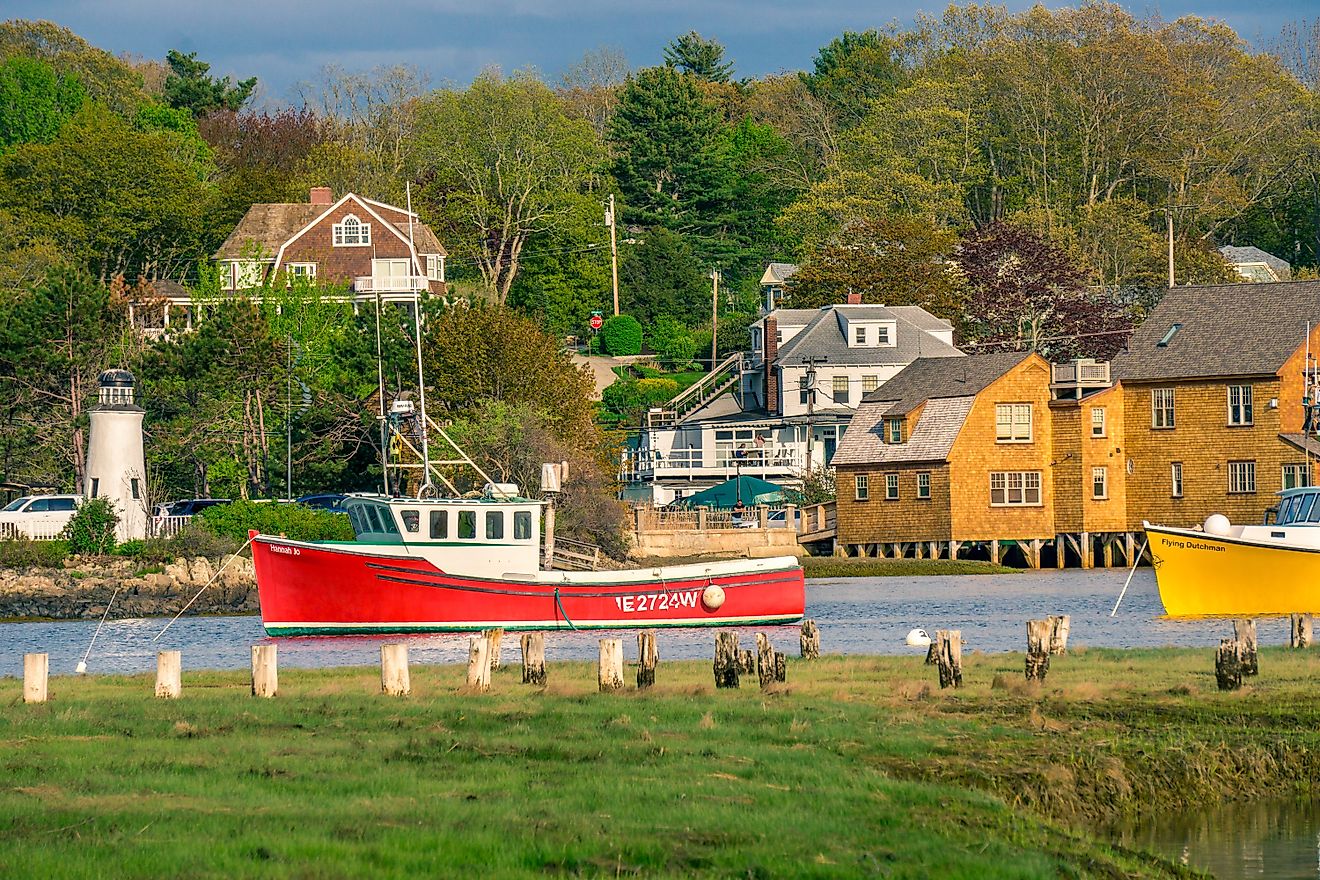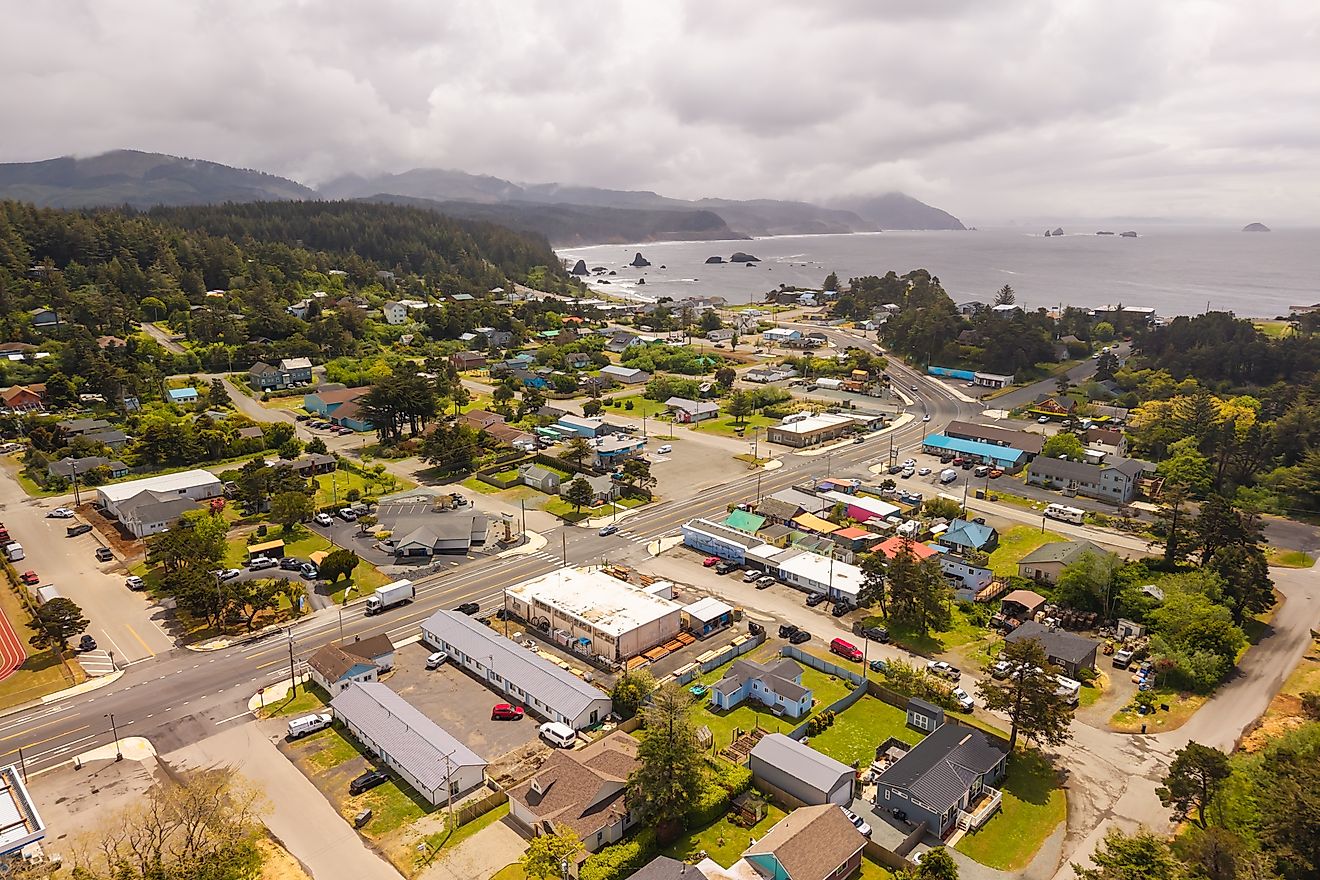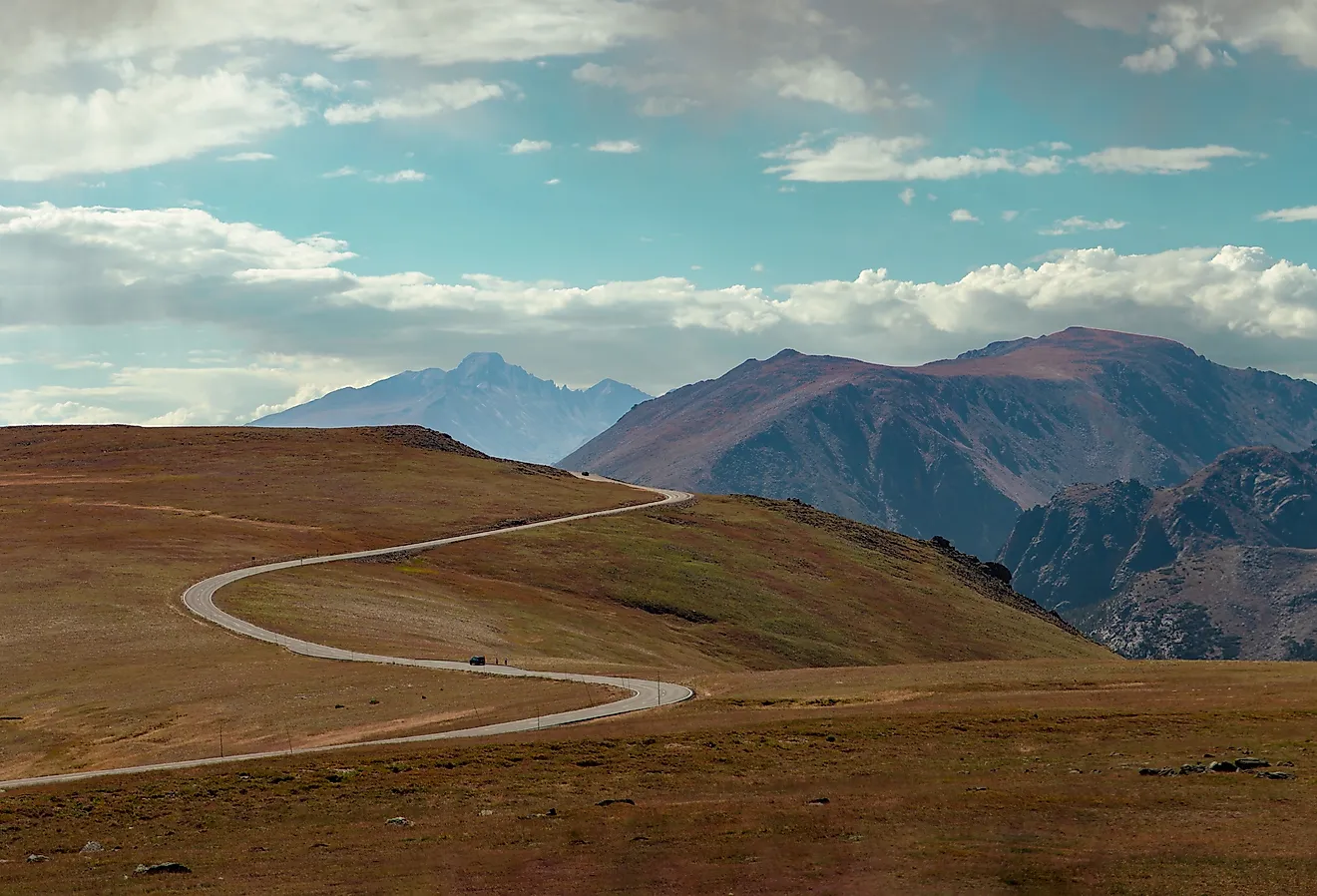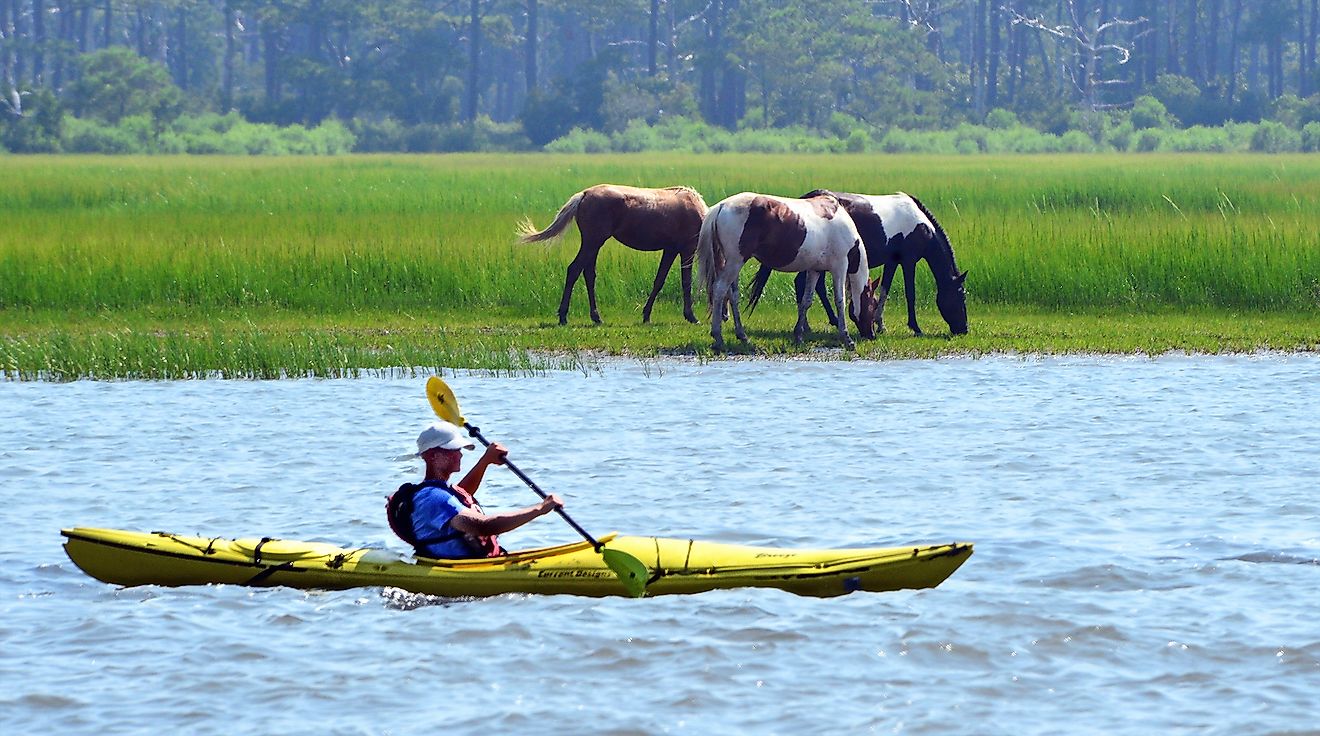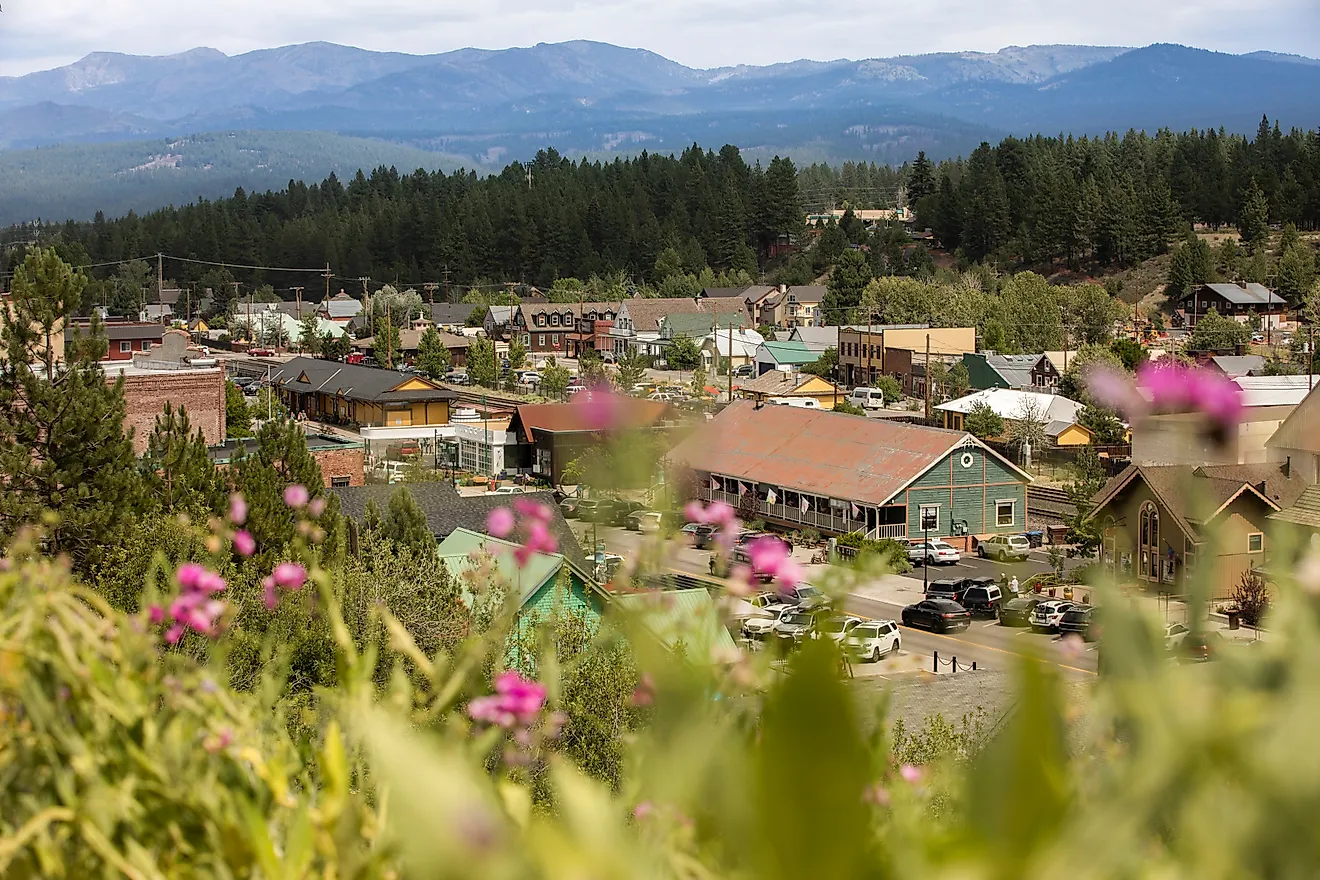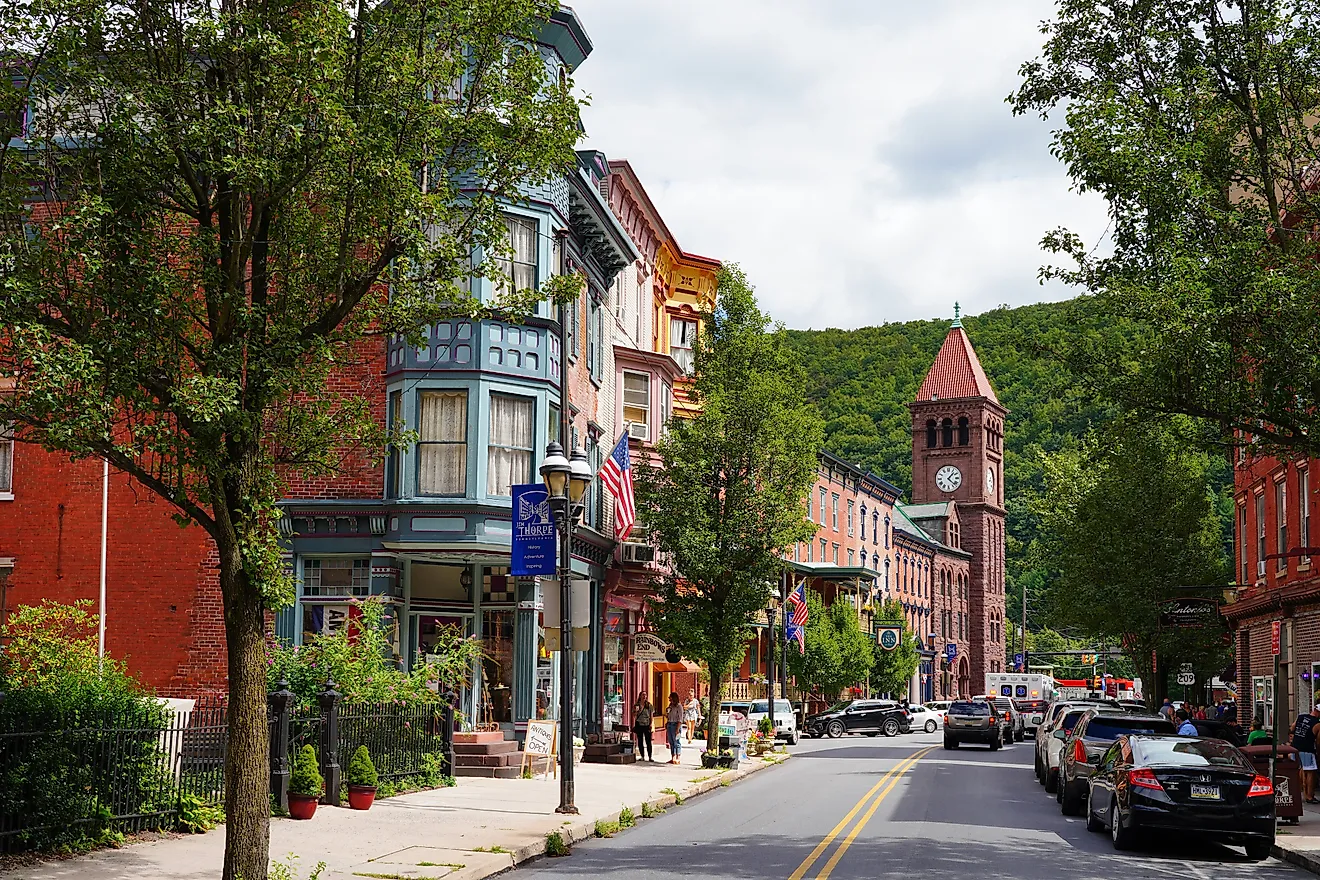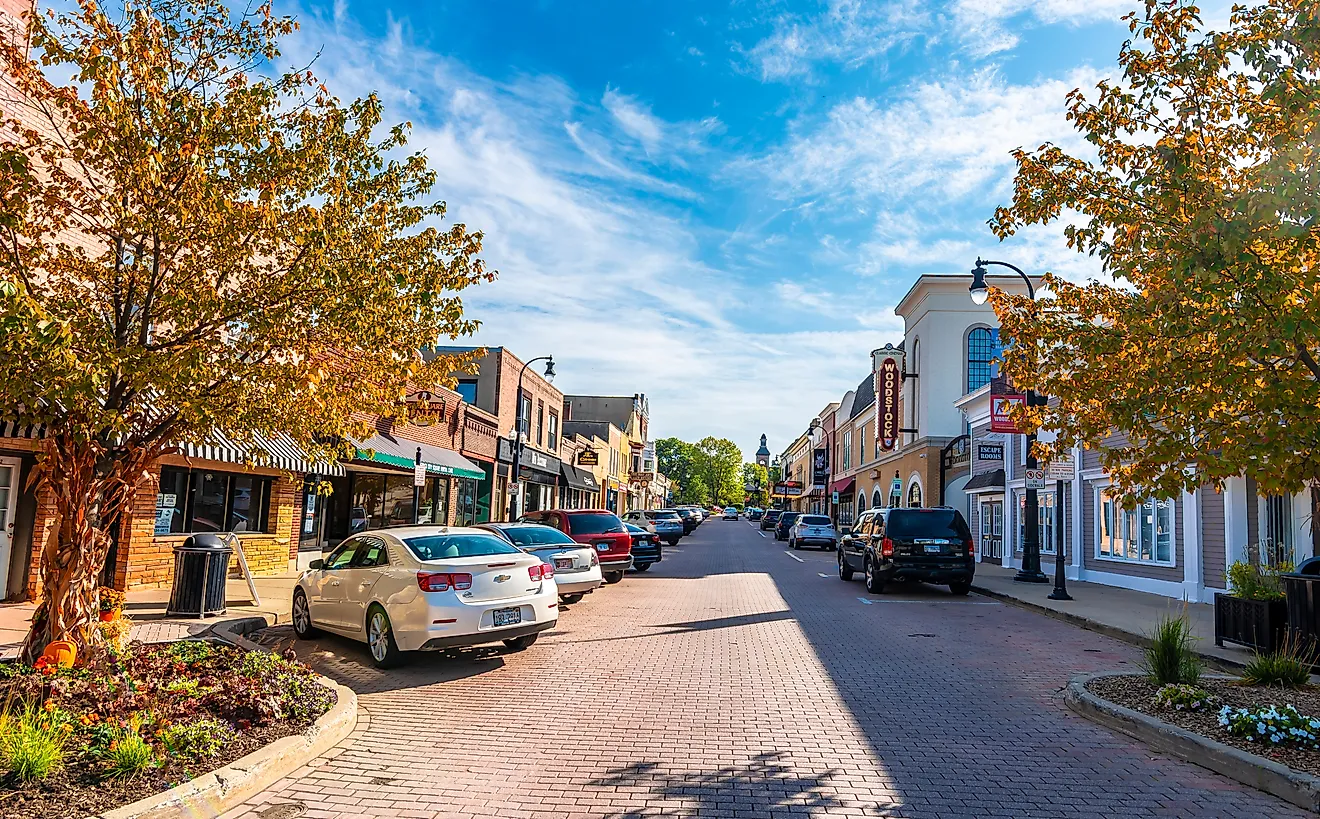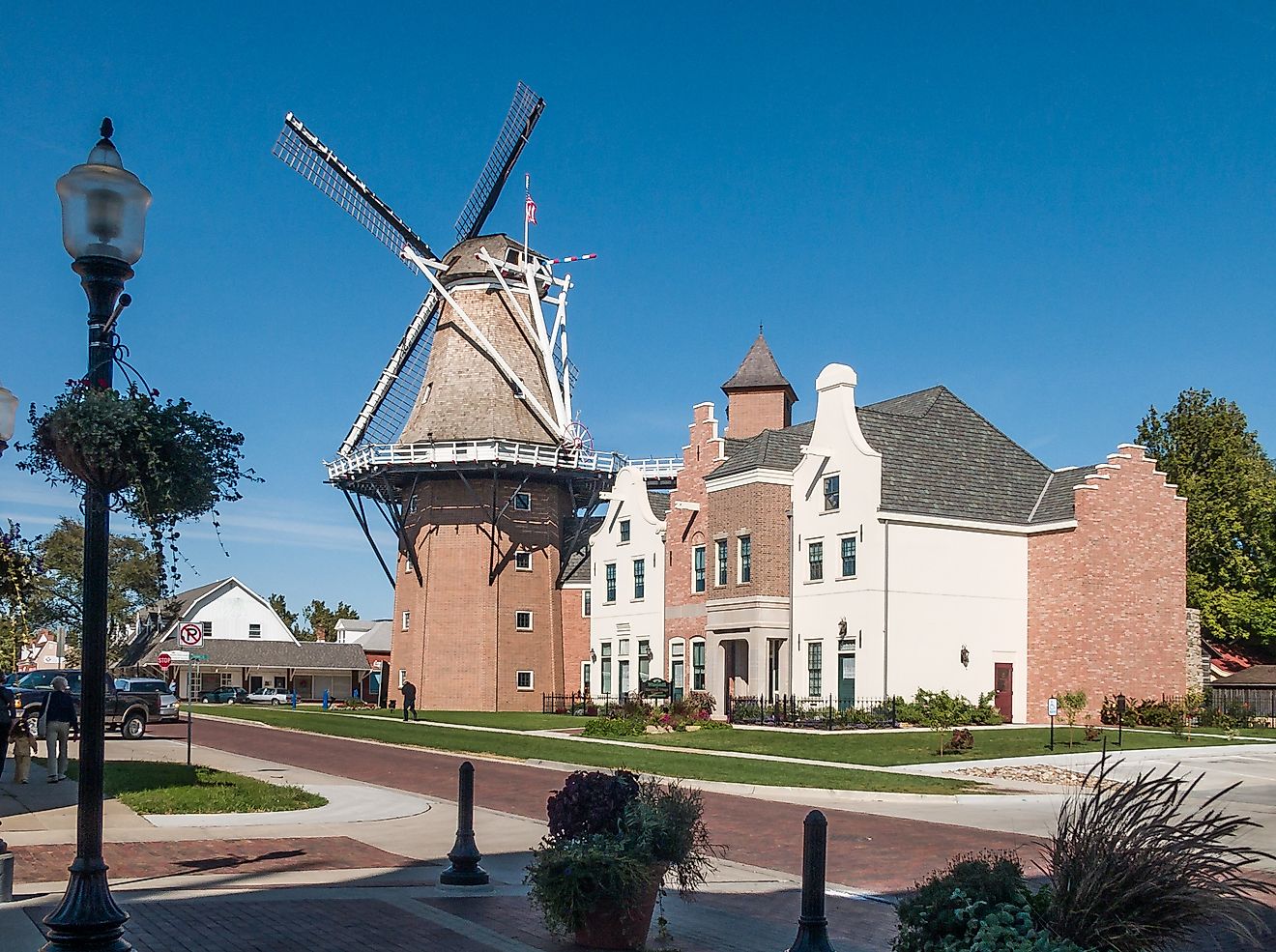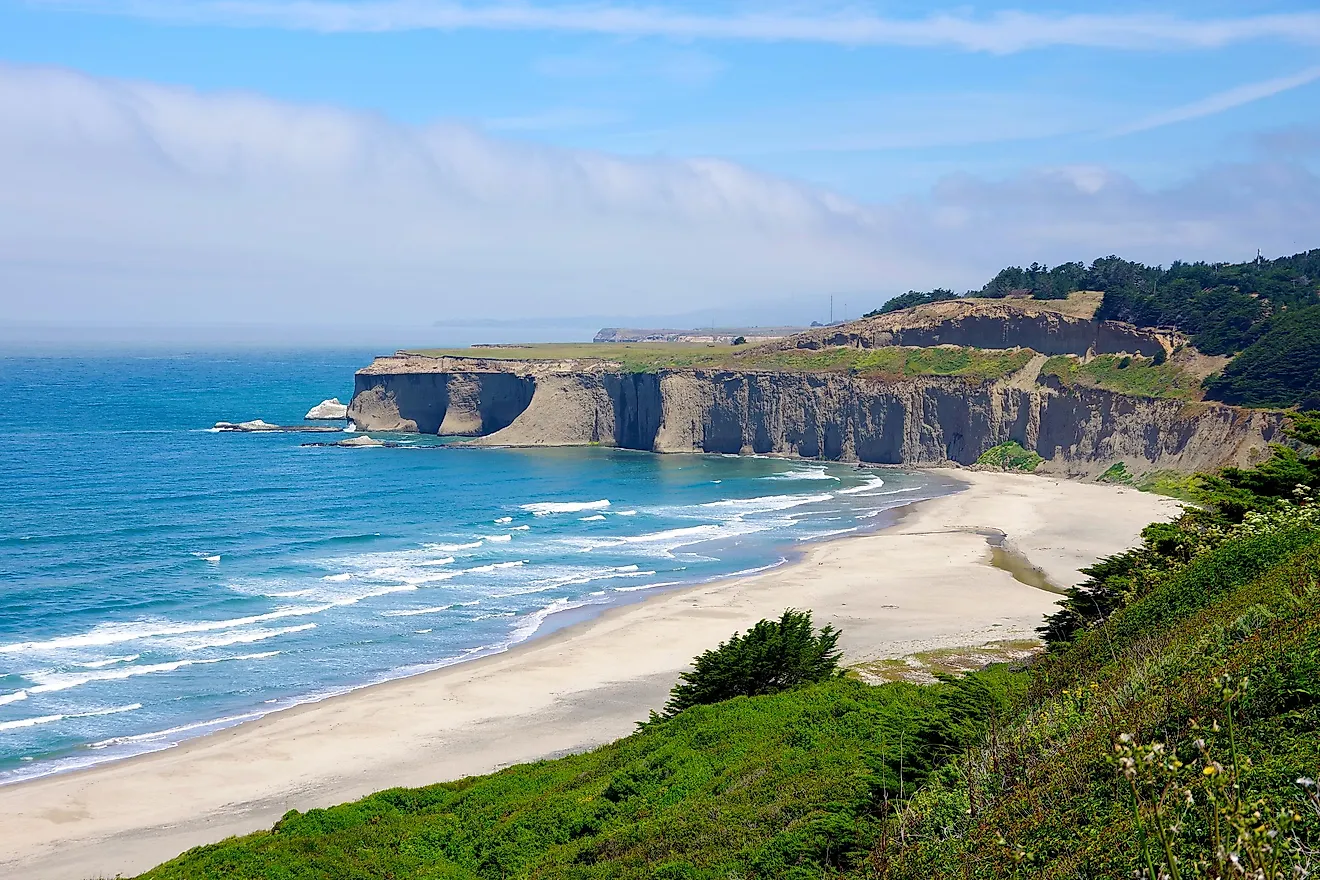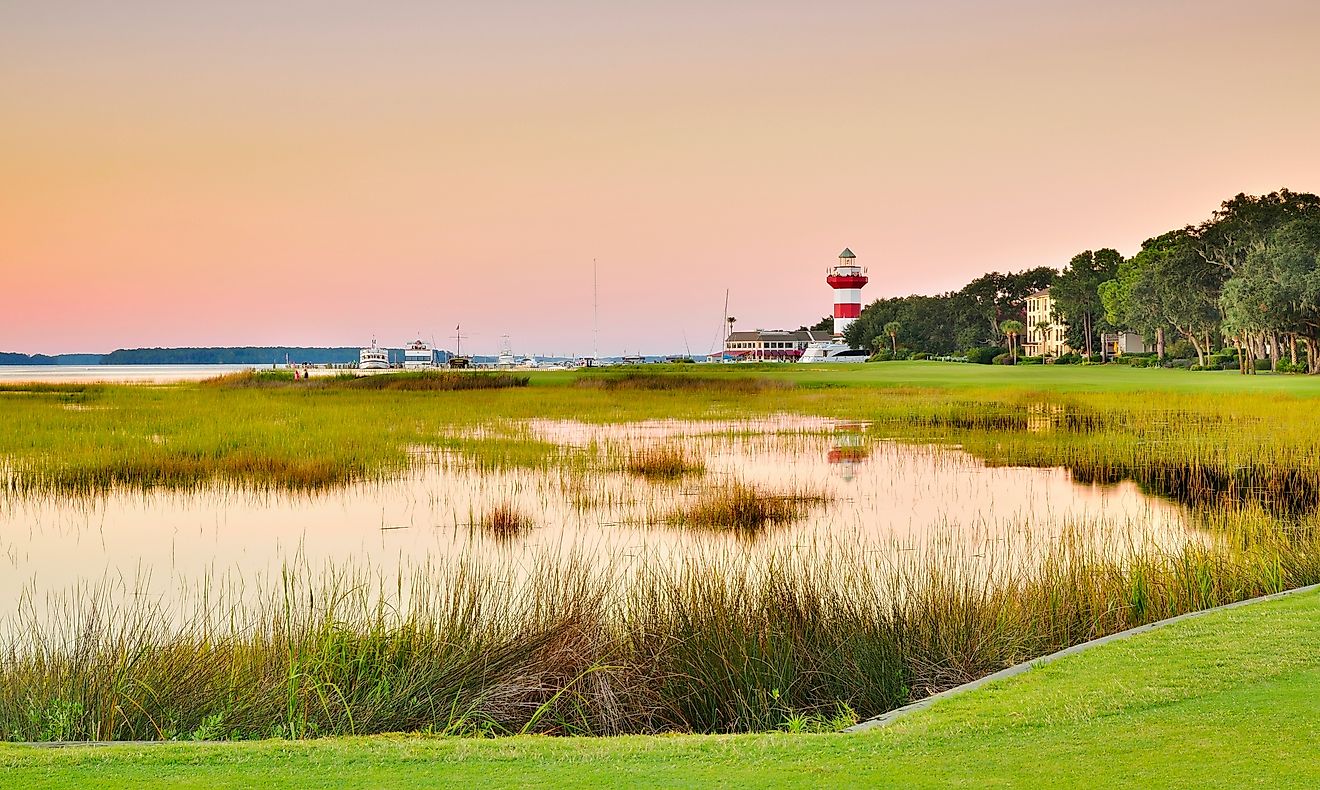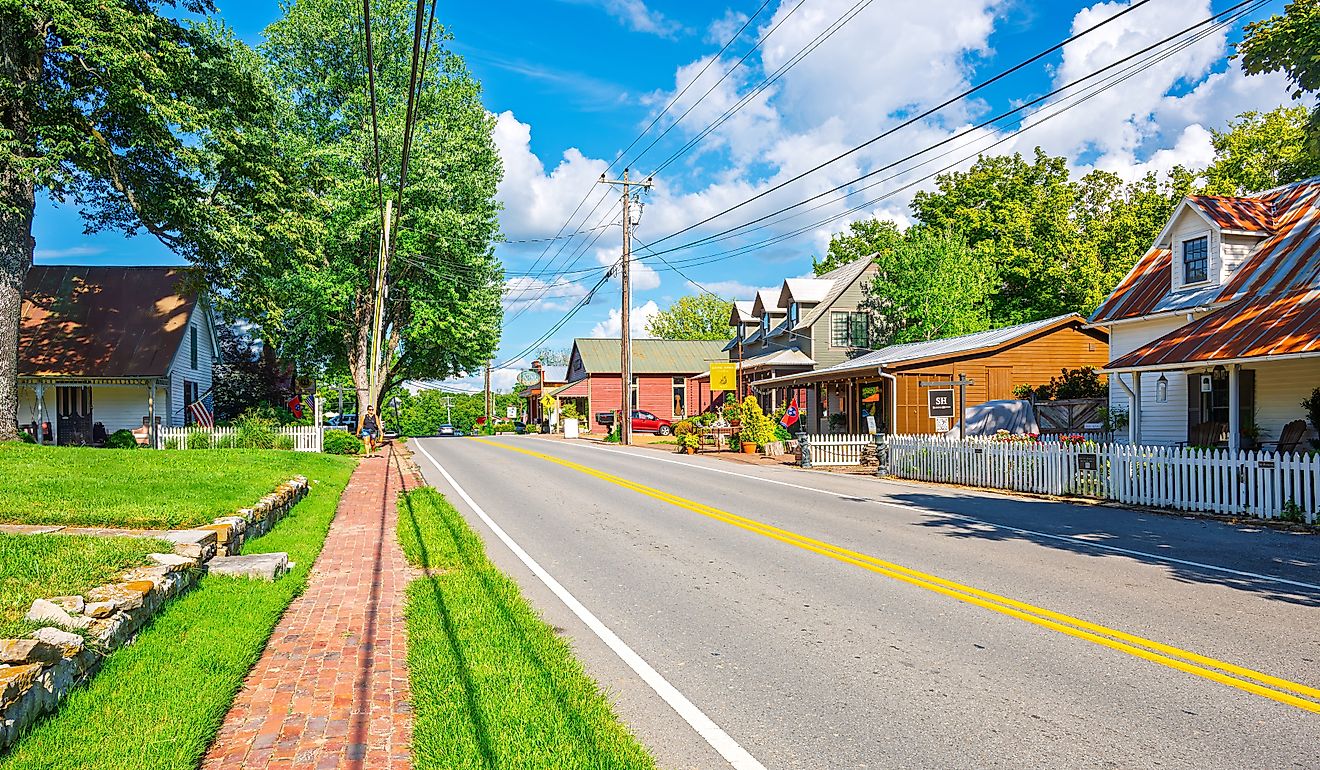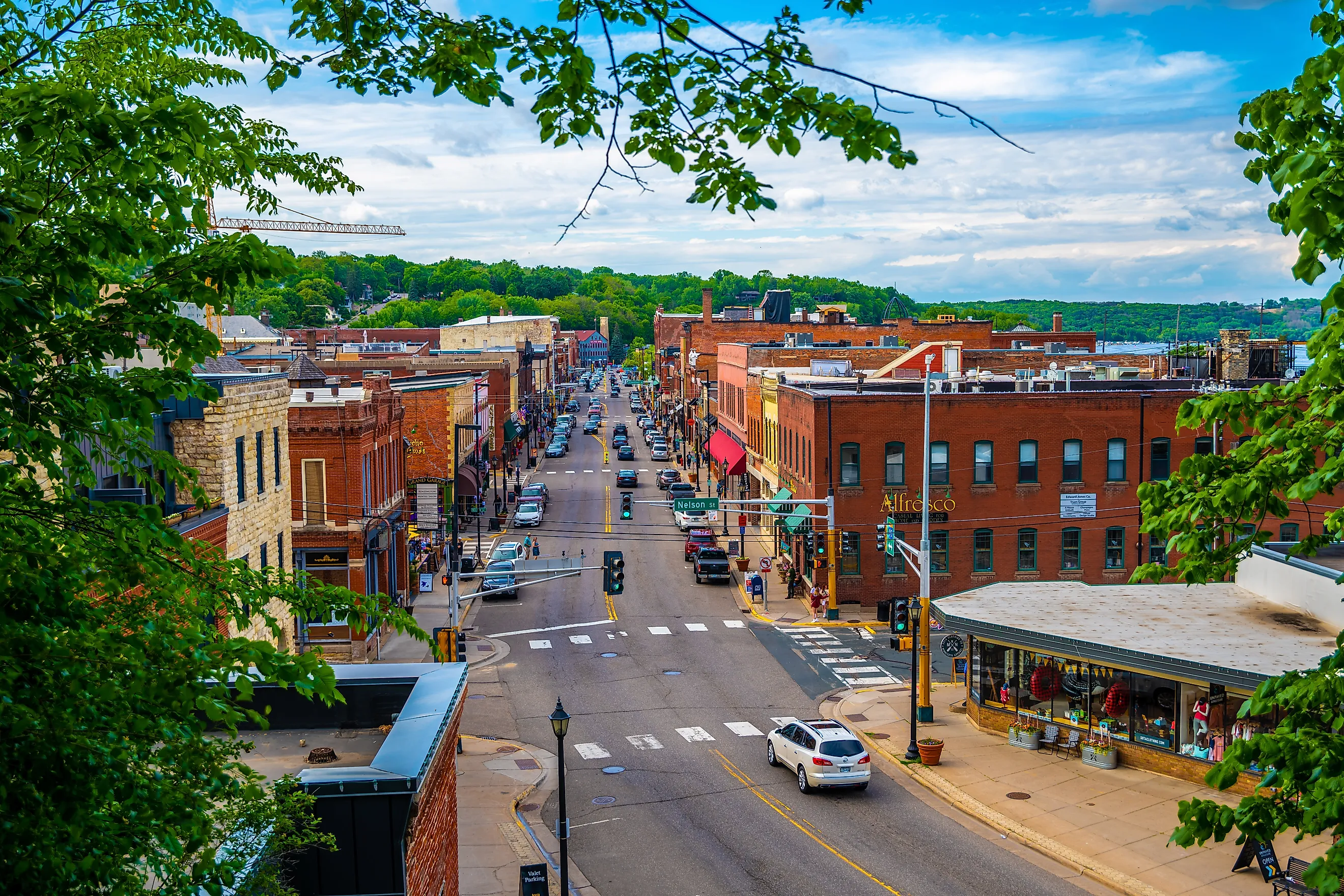
10 Overlooked Towns In Minnesota Worth Visiting
Beyond the busy rhythm of the Twin Cities and the postcard-perfect North Shore lies a different side to Minnesota—one that feels personal, grounded, and deeply alive. It’s in the small towns where time moves a little slower, where every corner café has a story, and where locals greet you like an old friend. These are the places that remind you travel isn’t just about seeing new things—it’s about feeling them. From river valleys to rolling farmlands, these ten overlooked towns capture the true warmth and wonder of the North Star State.
Red Wing
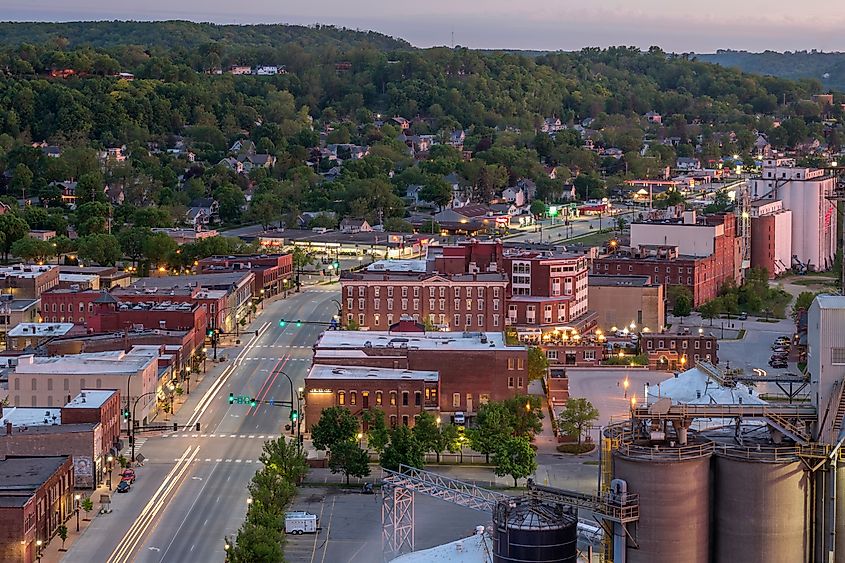
Perched on dramatic limestone bluffs overlooking the Mississippi River, Red Wing has parlayed its pottery and footwear manufacturing heritage into a charming destination that balances history with outdoor adventure. The town's compact downtown features remarkably intact 19th-century commercial architecture, while Barn Bluff—a 340-foot rocky prominence—looms over the riverfront like a natural cathedral.
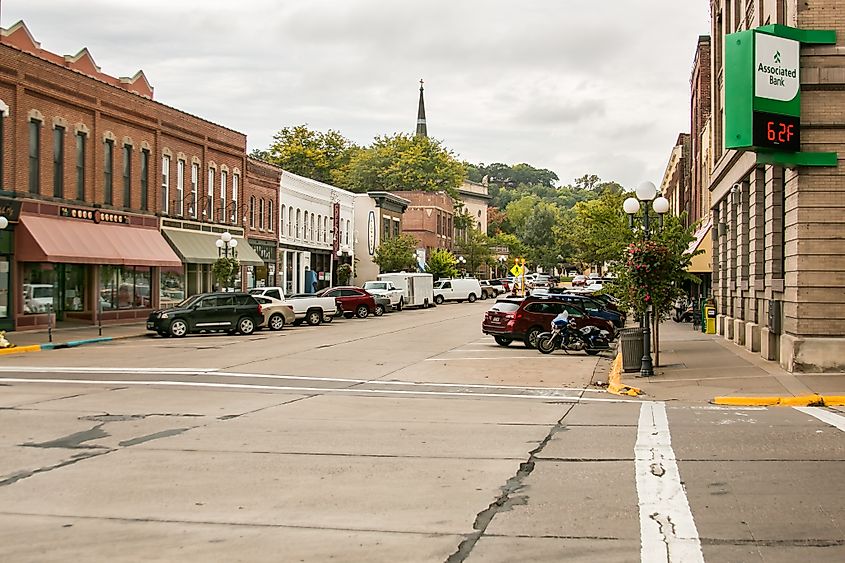
Start at the Goodhue County History Center, housed in a striking former armory, where exhibits chronicle the region's Dakota heritage, the pottery industry that made Red Wing famous, and the immigrant communities that shaped the town. The Red Wing Pottery Museum dives deeper into the stoneware and art pottery that collectors prize, displaying hundreds of pieces from the town's various pottery companies spanning 1861 to the present. For lunch, Bev's Café delivers classic American diner fare near the riverside. The hike up Barn Bluff rewards with panoramic vistas of the river valley and town below—the trail climbs steeply but the 360-degree views from the top justify every step. Browse downtown's antique shops and galleries, then finish at Red Wing Shoe Company Museum, where you can tour the factory, learn about the company's 120-year history, and purchase boots made with the same craftsmanship that built the brand's reputation.
Lanesboro
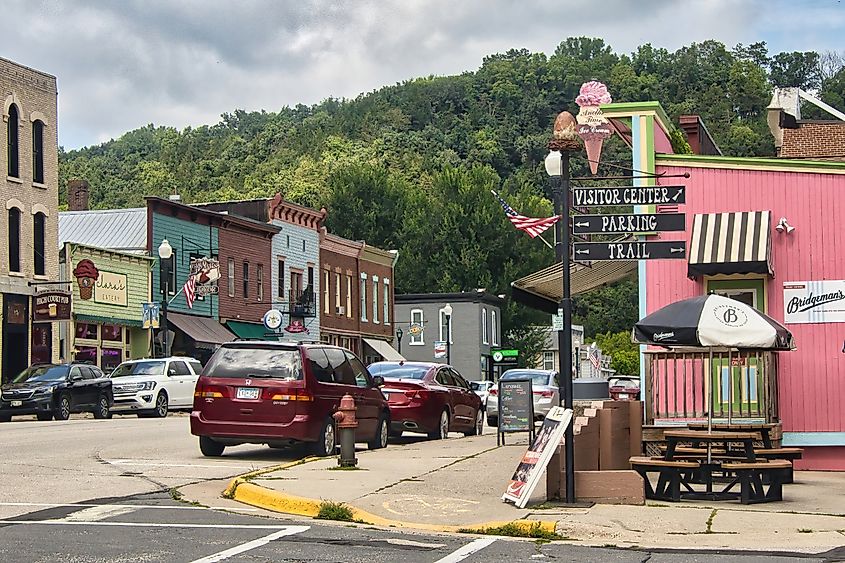
Minnesota's "Bed and Breakfast Capital" sits in a limestone valley where the Root River winds through bluff country so scenic it's often compared to Appalachia. This former railroad town reinvented itself as an arts and outdoor recreation hub, with a thriving theater scene and the Root River State Trail bringing cyclists, hikers, and cross-country skiers year-round.
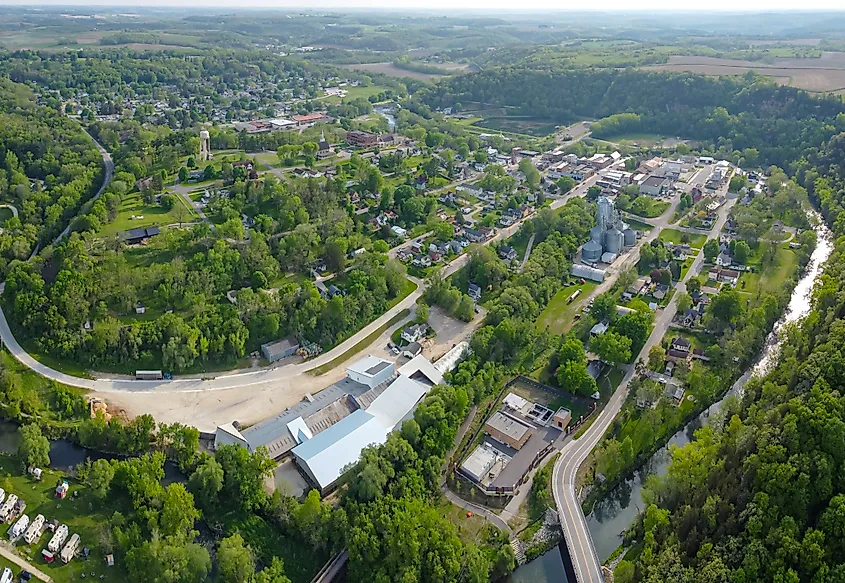
The Commonweal Theatre Company presents professional productions in an intimate downtown venue, offering everything from contemporary dramas to classic comedies with a level of quality unexpected in a town this size. Rent bikes and explore the Root River State Trail, a 42-mile paved path through tunnels, over bridges, and past limestone bluffs with excellent trout fishing access—the trail connects several small towns, but Lanesboro's location makes it the ideal base. The Lanesboro Arts Center showcases regional artists in rotating exhibitions and offers workshops in pottery, painting, and fiber arts. The surrounding bluffs harbor Forestville/Mystery Cave State Park, about 30 minutes south, where guided tours descend into Minnesota's longest cave system—13 miles of passages with underground pools, stalactites, and year-round 48-degree temperatures that feel refreshing in summer and relatively warm in winter.
Stillwater
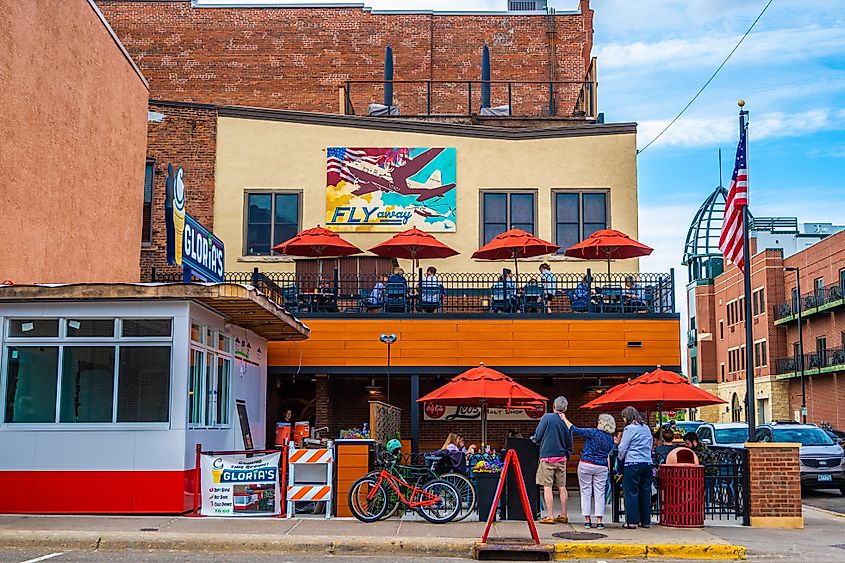
The "Birthplace of Minnesota" earned its nickname as the site where territorial leaders convened in 1848 to petition for statehood. Today, this St. Croix River town combines meticulously preserved 19th-century architecture with contemporary restaurants, boutiques, and a thriving downtown that draws weekend visitors from the Twin Cities without feeling overrun.
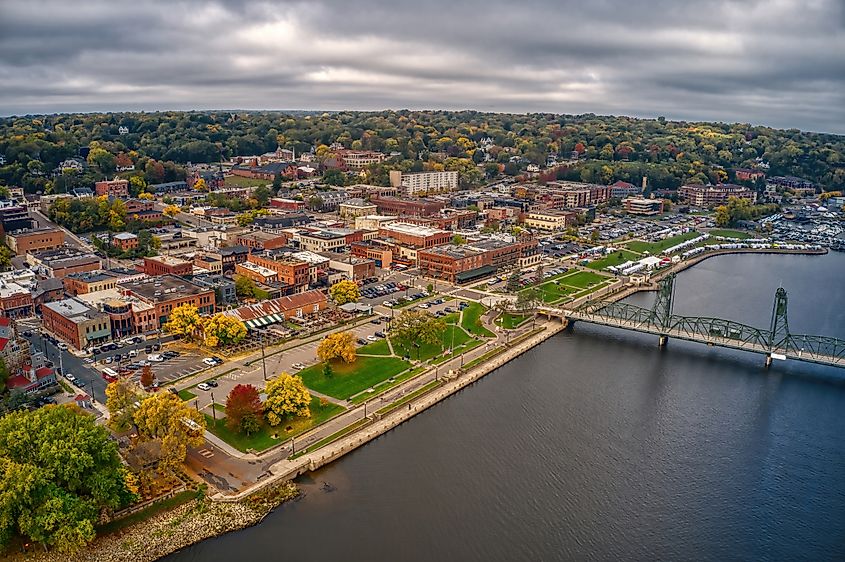
The Washington County Historical Society operates the Warden's House Museum inside the 1853 home of the territorial prison's first warden, offering insights into frontier justice and prison life that are alternately fascinating and sobering. For meals, Domacin Restaurant serves innovative seasonal cuisine with an excellent wine list, while Lolo American Kitchen offers elevated comfort food in a stylish setting. Take a narrated cruise on the St. Croix River aboard vintage paddlewheel boats that operate May through October—the scenery is spectacular year-round, but fall foliage season transforms the bluffs into a painter's palette. The Lowell Inn, operating since 1930, is worth visiting even if you're not staying overnight—the historic property's dining rooms maintain their old-world charm. Browse Midtown Antique Mall, housed in a former car dealership, for vintage treasures spanning multiple decades.
New Ulm
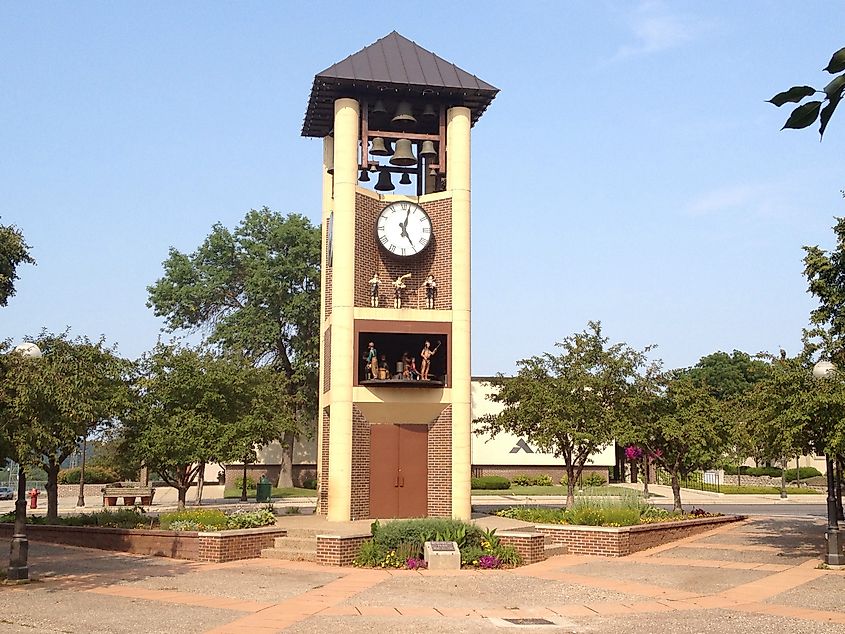
This proudly German town celebrates its heritage year-round with architecture, festivals, and food that transport visitors straight to Bavaria. Founded by German immigrants in 1854, New Ulm maintains traditions with a sincerity that never feels like a theme park—this is authentic cultural preservation, not manufactured tourism.
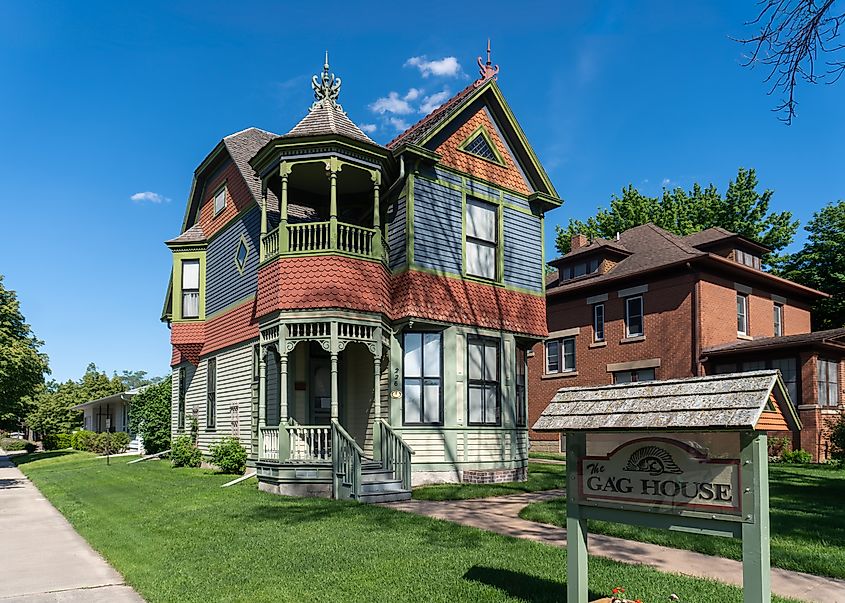
The Hermann Monument dominates the skyline—a 102-foot statue of the Germanic chieftain who defeated Roman legions, erected in 1897 by German-American groups. Climb the interior spiral staircase for sweeping views of the Minnesota River valley. Downtown's Glockenspiel clock tower performs its musical show at noon, 3 p.m., and 5 p.m., with animated figures depicting New Ulm's history as bells chime. The August Schell Brewing Company, Minnesota's oldest continuously operating brewery (established 1860), offers tours of the historic grounds, including the beautiful deer park, mansion, and museum—the brewery's German-style lagers are exceptional, and the Christmas lights display draws thousands in December. For authentic German cuisine, Kaiserhoff has served schnitzel, sauerbraten, and strudel since 1938 in a setting that feels transported from the Old Country. The Brown County Historical Society operates museums in several buildings showcasing pioneer life, Native American artifacts from the Dakota War of 1862, and the German immigrant experience. In October, Oktoberfest transforms downtown into Bavaria with polka bands, traditional costumes, and enough bratwurst and beer to feed a small army.
Winona
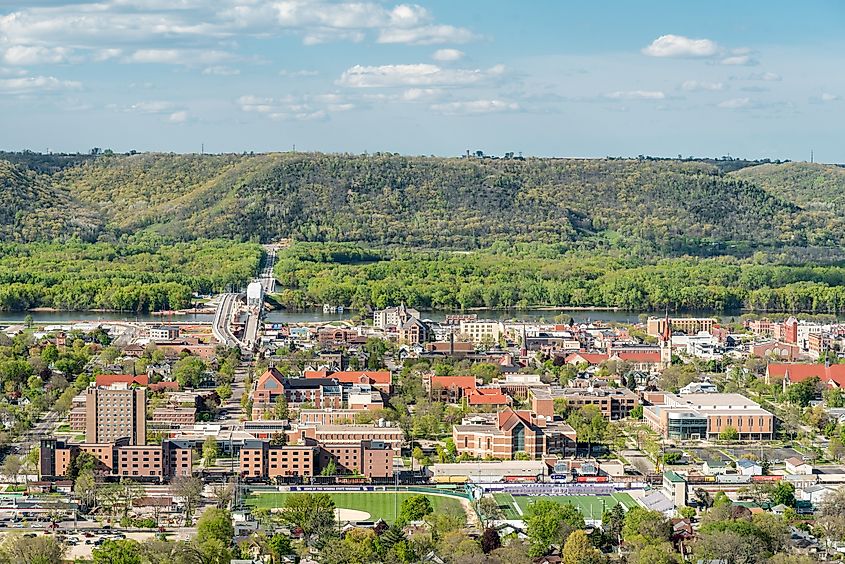
Sandwiched between limestone bluffs and the Mississippi River, Winona flourished as a lumber and wheat shipping hub in the 1850s-1880s, when it briefly held the title of Minnesota's second-largest city. That prosperity left a legacy of Victorian architecture that remains remarkably intact, earning Winona's downtown the designation as a National Historic District.
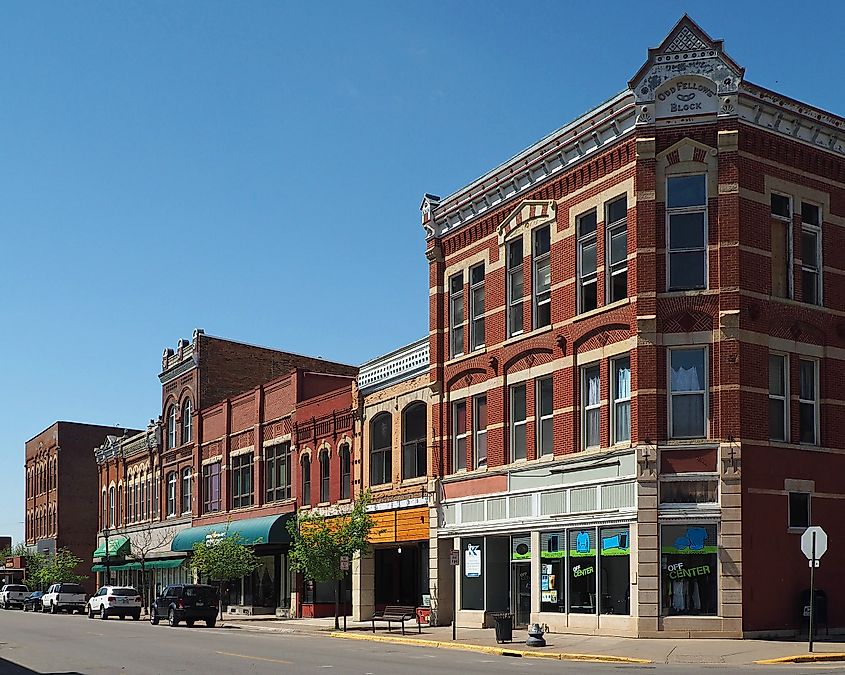
Start at Kashubian Cultural Institute & Polish Museum, which preserves the heritage of the Polish immigrants who shaped much of Winona's character—exhibits include traditional costumes, religious artifacts, and historical documents. The Winona County History Center occupies a 1915 building and chronicles the area's lumber boom, riverboat era, and the architectural heritage that resulted. Downtown's business district features dozens of ornate 19th-century buildings; pick up a walking tour guide and marvel at the stonework, pressed tin ceilings, and attention to detail that modern construction rarely replicates. Garvin Heights Park sits 575 feet above the city, offering arguably Minnesota's best overlook—the view encompasses the Mississippi, the city below, and Wisconsin bluffs across the river, with colors spectacular during fall. For dining, Nosh Scratch Kitchen serves seafood, prime rib, and other comfort food, plus a good selection of beers. Heirloom Seasonal Bistro is a farm-to-table eatery featuring creative burgers, gnocchi, and Thai noodles, plus beer and wine. Great River Bluffs State Park, 20 minutes southeast, provides additional hiking with prairie overlooks and spring wildflower displays.
Northfield
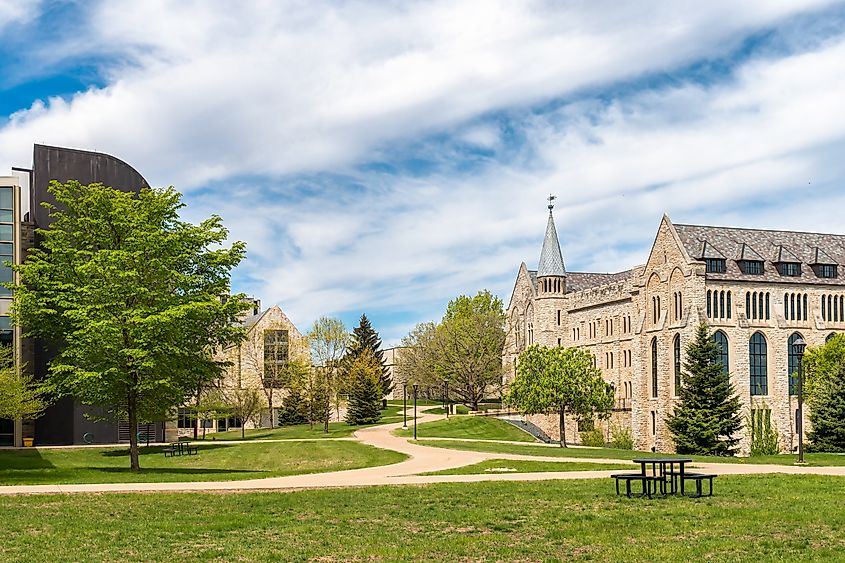
Two liberal arts colleges give Northfield an academic atmosphere, while its place in Wild West lore—Jesse James's gang attempted to rob the First National Bank here in 1876 and got shot to pieces for their trouble—adds frontier drama. The town balances intellectual culture with small-town Midwestern hospitality, creating a sophisticated yet unpretentious vibe.
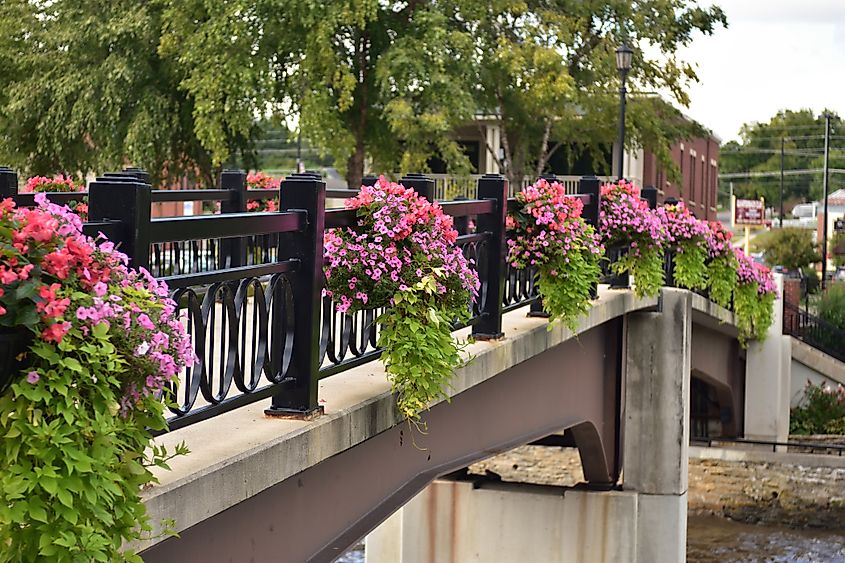
The Northfield Historical Society operates the History Center in a former YWCA building, with extensive exhibits on the James-Younger Gang raid that every local knows by heart—reenactments occur annually during Defeat of Jesse James Days in September, when the entire town dresses in period costume and gunfights erupt on Division Street. The First National Bank itself still operates, with the original vault and interior preserved to look much as it did during the failed robbery. Both Carleton College and St. Olaf College maintain beautiful campuses worth exploring; St. Olaf's Boe Memorial Chapel features stunning architecture and organ concerts. Downtown's independent bookstores, coffee shops, and restaurants cluster along Division Street—Hogan Brothers Acoustic Cafe hosts live music nightly in an intimate setting. The Cannon River flows through town with walking trails along both banks; in summer, rent tubes from local outfitters for lazy floats. Mill Towns State Trail offers paved biking and walking paths connecting Northfield to Faribault and Cannon Falls.
Grand Marais
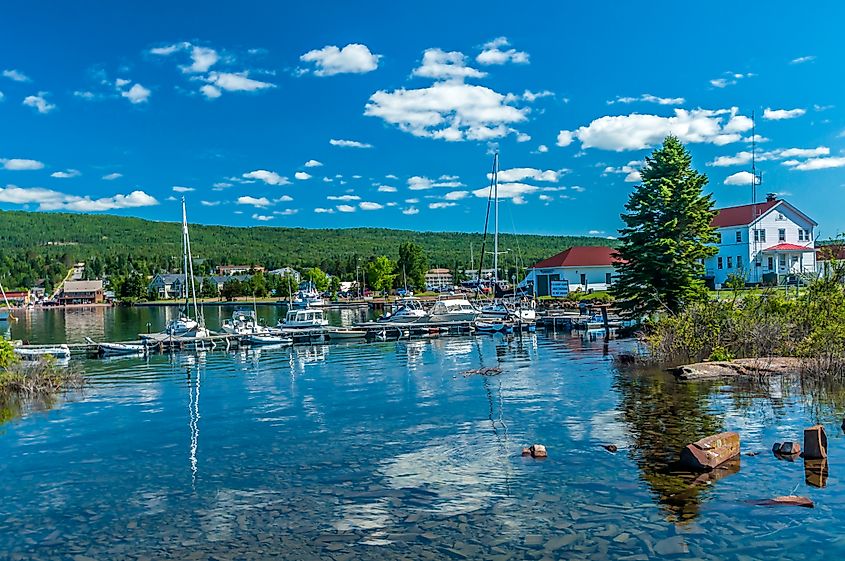
Perched on Lake Superior's north shore near the Canadian border, Grand Marais serves as a gateway to the Boundary Waters Canoe Area Wilderness and Superior National Forest. The town's harbor, art galleries, and outdoor outfitters create a basecamp atmosphere for adventurers, while the lake views and creative energy attract artists and retirees seeking escape from urban chaos.
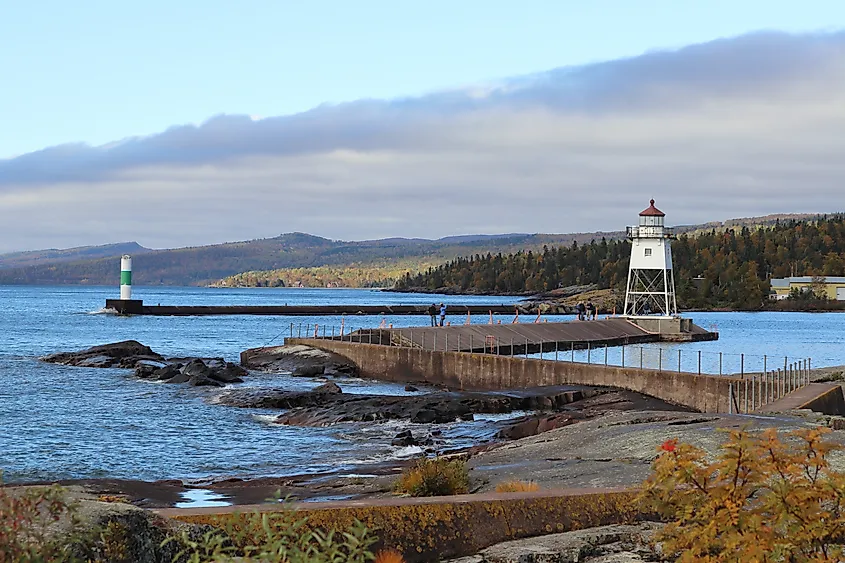
The Grand Marais Art Colony has nurtured creativity since 1947, offering workshops in pottery, painting, fiber arts, and writing—the campus overlooks Lake Superior and includes a gallery showcasing regional artists. Artist's Point, a rocky peninsula jutting into the lake, provides the North Shore's most photographed vista—sunrise here turns the sky and water shades of orange and pink that seem impossible. For meals, Angry Trout Cafe emphasizes sustainable seafood and local ingredients with harbor views, while World's Best Donuts lives up to its bold name with cake donuts made fresh daily. The Gunflint Trail, a 57-mile scenic byway, leads from Grand Marais deep into Superior National Forest with access to countless hiking trails, lakes, and overlooks—even driving 20 miles up the Gunflint reveals wilderness that feels truly remote. In town, Drury Lane Books is one of Minnesota's best independent bookstores, with knowledgeable staff and excellent regional sections. Devil Track Canyon and Pincushion Mountain trails both start within minutes of downtown, offering waterfalls and Superior overlooks without requiring full-day commitments.
Park Rapids
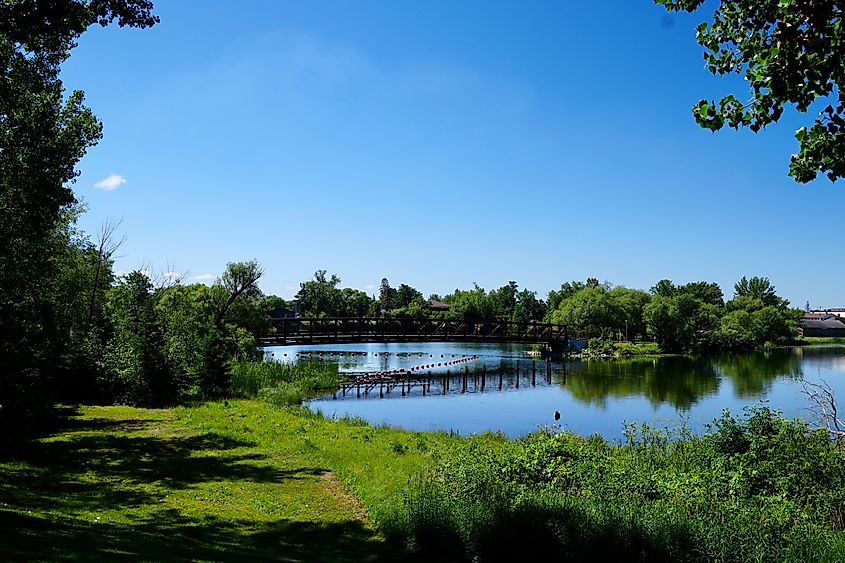
This gateway town to Minnesota's lake country sits surrounded by hundreds of lakes, pine forests, and Itasca State Park—the birthplace of the Mississippi River. Park Rapids maintains an authentic Main Street lined with local businesses, and its location makes it an ideal base for exploring the north-central region's outdoor recreation.
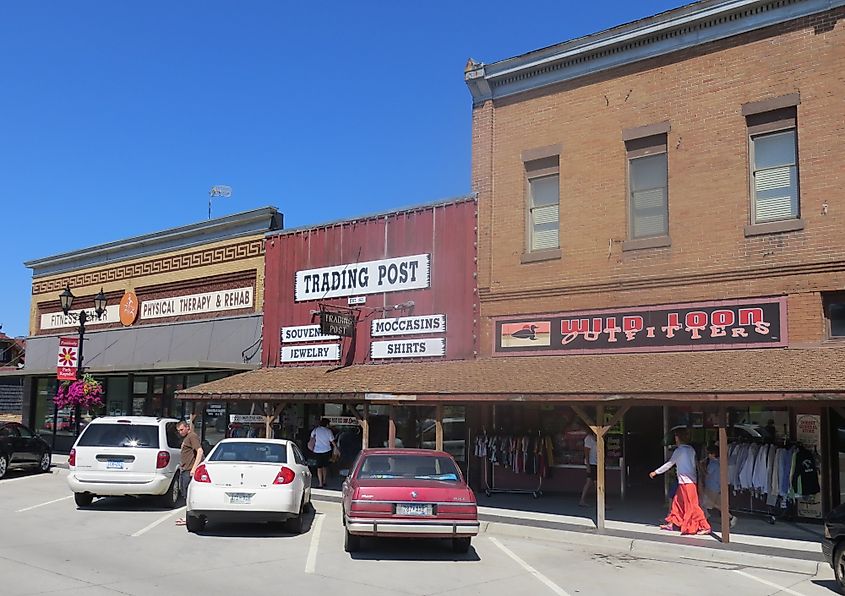
Itasca State Park, 20 miles north, protects the Mississippi River's source—you can walk across stones where the mighty river begins its 2,350-mile journey to the Gulf of Mexico. The park's old-growth pines (some over 300 years old) tower overhead on trails ranging from easy to challenging. Back in Park Rapids, Rapid River Logging Camp recreates 1870s-1930s logging operations with a bunkhouse, cook shack, blacksmith shop, and heavy equipment—guided tours explain the industry that built Minnesota's economy. For dining, The Good Life Cafe offers inventive New American cuisine in a modern setting, along with craft beer and clever cocktails. Meanwhile, Necces Italiano Restaurante specializes in pasta and chicken dishes, complemented by a wine list and many gluten-free options. Heartland State Trail provides 49 miles of paved biking and walking connecting Park Rapids to Cass Lake, passing through forests, over bridges, and past lakes with excellent wildlife viewing.
Taylors Falls
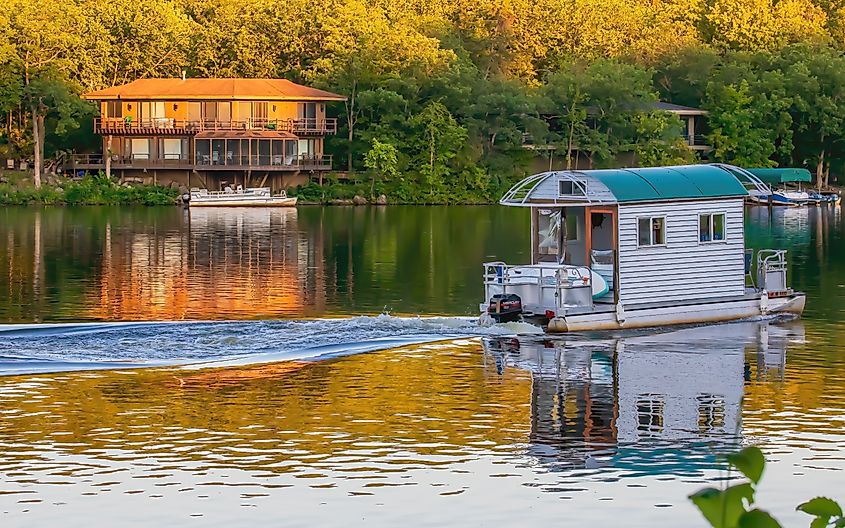
Where the St. Croix River cuts through ancient lava flows, Taylors Falls clings to dramatic basalt cliffs that create some of Minnesota's most striking geology. This tiny border town facing Wisconsin across the river has preserved its 19th-century logging heritage while capitalizing on the natural beauty that draws rock climbers, kayakers, and sightseers to Interstate State Park.
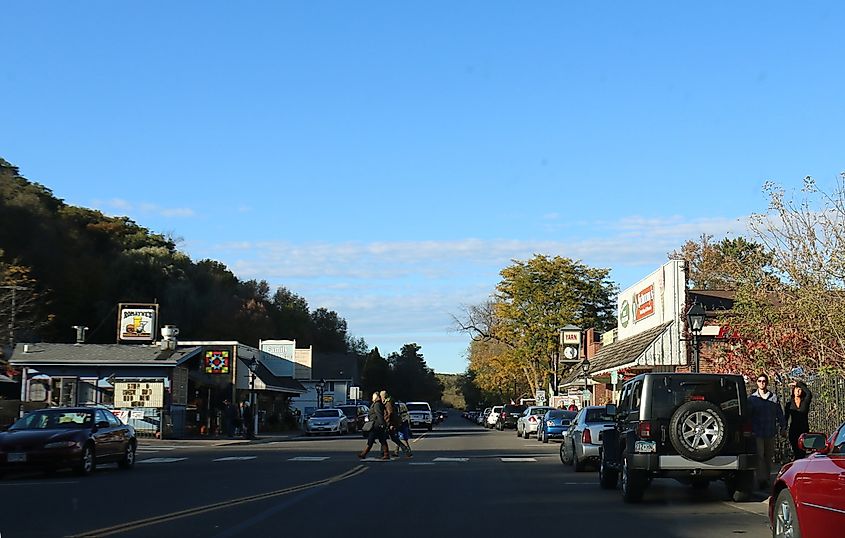
Interstate State Park straddles the Minnesota-Wisconsin border and protects the glacial potholes—some reaching 60 feet deep—carved into billion-year-old basalt during the last ice age. The park's Pothole and Ice Age Trail descends into the gorge, where you can peer into these geological wonders. Downtown Taylors Falls consists of a few blocks of well-preserved 1800s buildings; Drive In Restaurant has served classic American fare since 1956 with outdoor seating overlooking the river, while Tangled Up In Blue offers fine dining in a cozy storefront. Take a scenic cruise aboard the Taylors Falls Scenic Boat Tours paddlewheel vessel that navigates the dramatic River Dalles—narrated trips explain the geology, logging history, and legends associated with the gorge. The Folsom House, a 1855 Greek Revival home, operates as a house museum May through October, offering glimpses into frontier life when lumber barons controlled the St. Croix valley.
Pipestone
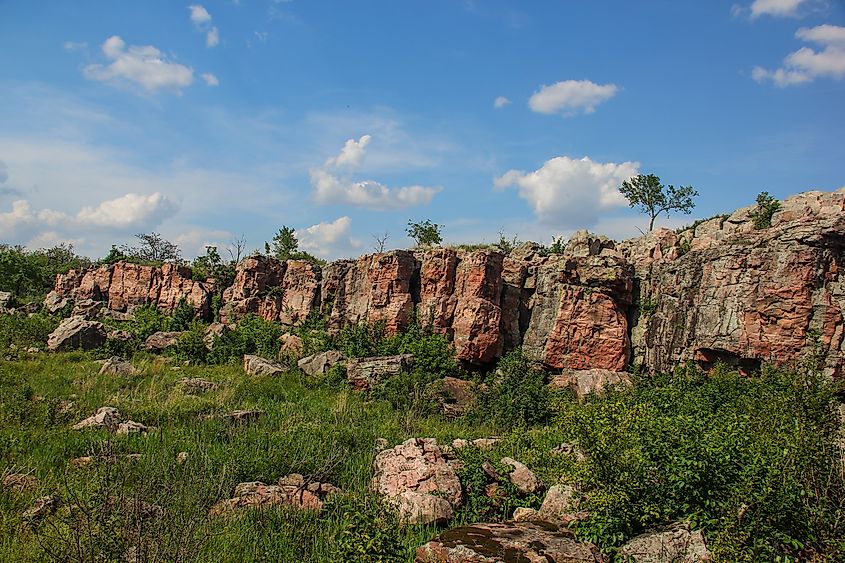
For centuries, Native American tribes traveled to Pipestone to quarry the soft red stone used for ceremonial pipes. Pipestone National Monument protects the quarries and prairies where indigenous peoples have extracted pipestone (catlinite) for at least 300 years. The visitor center displays finished pipes, explains quarrying traditions, and offers demonstrations by Native artisans who maintain quarrying rights. A paved three-quarter-mile trail loops past active quarries, Winnewissa Falls, and prairie overlooks—it's short but culturally significant. Downtown, the Pipestone County Museum houses an impressive Native American collection, including pipestone artifacts, traditional clothing, and historical photographs.
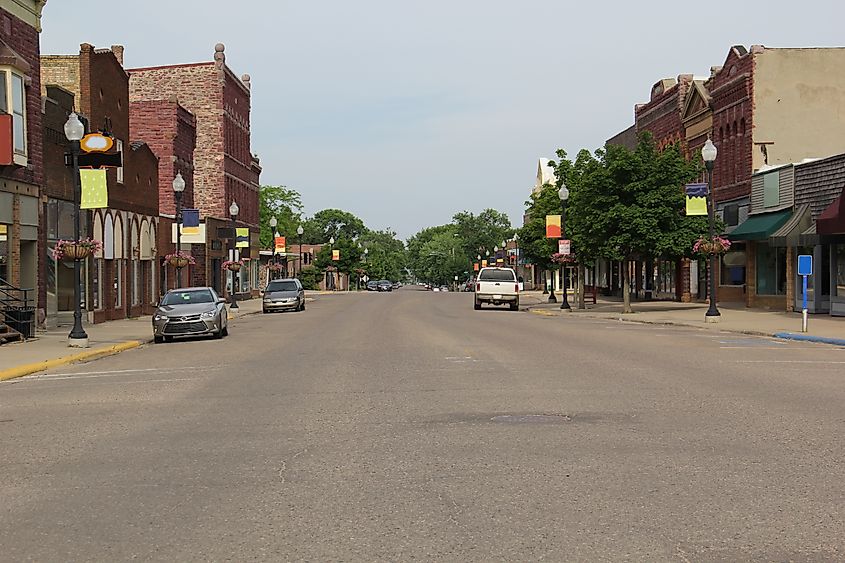
For dining, Stonehouse & Quarry is a relaxed place serving baked potatoes, burgers, flatbreads, and steaks; meanwhile, Dars Pizza is an old-school pizzeria with small plates, beers by the pitcher, and an arcade. The Historic Calumet Inn, built in 1888, is worth visiting for its Victorian architecture and lobby—it's operated continuously as a hotel since opening. Browse galleries selling authentic Native American art and crafts along Main Street, where several shops work directly with indigenous artists. Split Rock Creek State Park, 15 minutes south, offers camping, swimming, and hiking around a quiet prairie lake that sees far fewer visitors than more famous Minnesota parks.
Minnesota's Hidden Treasures Await
After visiting these towns, you realize Minnesota’s magic isn’t found in big attractions—it’s in the details. It’s in the sound of church bells echoing across a quiet street, the smell of fresh bread from a family bakery, and the view from a bluff that takes your breath away every single time. Each stop offers its own heartbeat, shaped by history, pride, and the people who call it home. These hidden corners of Minnesota don’t just welcome travelers—they stay with you long after you’ve gone, reminding you what genuine discovery feels like.
